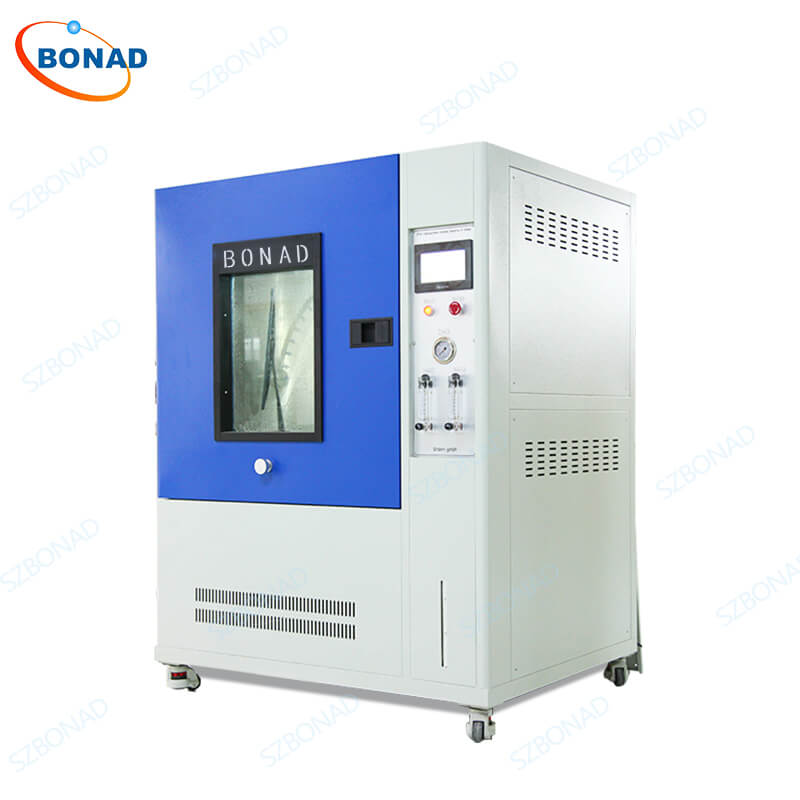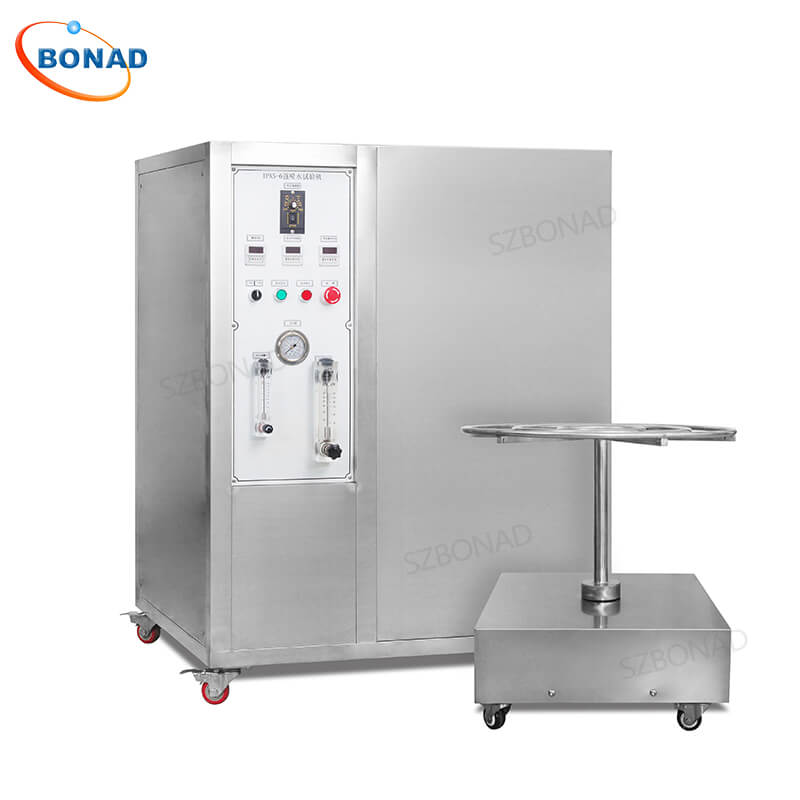Environmental test chambers are vital for validating product durability, especially water resistance. IPX4-rated chambers specifically test protection against water splashes from all directions. However, these chambers face technical and operational challenges that can impact testing accuracy. This guide explores common IPX4 waterproof chamber issues, inherent limitations, and emerging solutions.
Common IPX4 Waterproof Chamber Issues
- Inconsistent Water Distribution
Achieving uniform spray coverage is critical yet challenging. Variations in nozzle design, water pressure, or chamber geometry create “dead zones,” risking false test results. Regular nozzle calibration and optimized chamber layouts improve consistency. - Pressure Regulation Difficulties
*Maintaining steady flow (0.07 l/min per nozzle) is complex.* Clogged nozzles or weak supply systems cause pressure drops, potentially underestimating a product’s water resistance. Advanced pressure sensors and automated regulators now address this. - Seal Degradation & Leaks
Worn gaskets lead to water leakage, compromising safety and accuracy. High-traffic labs often overlook seal inspections. Modern chambers use durable silicone seals and modular designs for easier maintenance.
Key Limitations of IPX4 Chambers
- Restricted Simulation Scope: IPX4 tests only cover splashes—not submersion, humidity, or high-pressure jets (e.g., IPX6/IPX7). Products passing IPX4 may fail in harsher real-world conditions.
- Size Constraints: Standard chambers can’t accommodate large/irregular products. Custom solutions exist but increase costs and lack standardization.
- Lack of Environmental Controls: Most IPX4 chambers exclude temperature/humidity regulation, preventing combined environmental stress testing.
Overcoming IPX4 Testing Challenges
- Advanced Nozzles & Calibration: Precision-engineered nozzles ensure even spray patterns. Monthly calibration is essential.
- Smart Pressure Systems: Real-time IoT sensors auto-adjust pressure, eliminating drops during tests.
- Enhanced Sealing Tech: Self-lubricating seals and quick-swap gaskets extend chamber lifespan.
Future Trends in IPX4 Technology
- Multi-Testing Integration: Combining IPX4 with temperature/humidity controls in one chamber.
- AI-Driven Automation: Machine learning optimizes spray angles/pressure based on product specs.
- Sustainability: Water-recycling systems and energy-efficient pumps reduce waste.
Conclusion
While IPX4 waterproof chambers are indispensable for splash-resistance validation, their technical limitations—inconsistent spray, pressure instability, and seal leaks—demand proactive solutions. Advances in nozzle tech, smart regulation, and hybrid chambers will enable more reliable, future-proof testing.
Optimize Your Testing Today
Struggling with IPX4 chamber accuracy? BONAD Industry designs cutting-edge environmental test solutions with precision calibration and smart controls. Contact us at zhy@szbonad.com to upgrade your lab’s capabilities.



